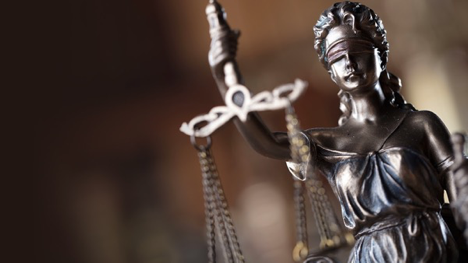
The legal structure of the United States consists of the criminal justice system and civil justice system. Among the two the criminal justice system deals with the criminal cases that may cause damage to life and property and society as a whole whereas in the civil cases the involved parties are only found to be affected.
So, What is a Civil suit? Civil suits involve civil cases that deal with the dispute of any two-person or any two institutions in the civil court of law. So, the civil lawsuit does not involve criminal charges or penalties. In a civil suit, non-criminal disputes are held in which the plaintiff may seek compensation or any other damage recovery from the defendant.
The term which is mostly used in a civil suit is mediation versus arbitration. In mediation, the civil suits are resolved by the parties when both of them tries to resolve the matter at their end, and in arbitration, someone decides based on proof, evidence, circumstances, and the damage.
Civil litigators are the lawyers or the attorneys who have specialization in civil litigation cases and represent the case of the defendant or the plaintiff in the whole process.
Examples of the Civil Suits:
After knowing what is a civil suit, here are some examples of the civil suit:
- Cases of divorce
- Breaching of contract by the members
- Accidents, example: car accident, motorcycle accident, etc
- Premises liability
- Medical malpractice
- Invasion of privacy
- Emotional distress, fraud, defamation, etc.
How and when does the civil suit commence?
The civil suit commences as the plaintiff files the case in the civil court, in which the plaintiff must mention the damages done and the compensation for the damages, the plaintiff may also ask for an injunction (asking the court to order the defendant to stop doing harmful acts) or may ask for declaratory judgment.
The defendant is then provided with a copy of the complaint filed by the plaintiff and the defendant gives a response to the complaint filed.
What are the processes involved in Civil suits?
A civil suit begins as the plaintiff files the complaint, well there are many steps involved in the process but the court may rearrange the steps according to the circumstances and the case involved.
- Scheduling Order: As the defendant files the answer to the complaint, the judge of the court issues deadlines, and important dates for the case and the dates for filing the document, motion, presenting evidence, and the trial date as well.
- Investigation: The attorneys involved investigated the claims and collect the evidence in support of the case may be by visiting the site of the accident, taking photographs, asking questions to the witness informally, and recording their statements. The attorney evaluates every side of the case and takes the steps accordingly.
- Discovery: It is the longest process in which both parties that is the plaintiff and the defendant, exchange information, share proofs, documents, witness, and evidence. Basically, in this step both the parties know the strengths and weakness of each other and oneself. This step is also the determinant for whether the case will be won or lost.
- Mediation: In this step, both the defendant and the plaintiff parties meet and try to have a settlement in presence of a neutral third party. In mediation versus arbitration, mediation is always the best option as it involves both party agreement and is also helpful in avoiding the expenses and time that may be consumed in arbitration.
- Filing Motion: After being entered into a negotiation or mediation either of the party may file like Motion to compel, motion to dismiss, motion for summary judgment. This step helps narrow the issues of the trial.
- Trial: Many of the civil suits are resolved before the trial process that is through negotiation and settlement. The unsolved cases reach the trial stage. In this, the judge or the jury hears the case witness and evaluates the evidence, and based on it, the decision is taken.
- Settlement: After taking the facts and evidence into consideration the judge decides the settlement for the case.
- Appeal: If any of the parties is not satisfied with the decision of the court then the attorney on behalf of the client may file an appeal.
- Judgment Enforced: The last step of the civil suit and after appealing whatever may be the decision of court it is enforced and both the parties have to follow that.
Understanding what is a civil suit can sometimes be confusing as there are many steps and processes involved but in simple words, it can be said that a civil suit involves civil disputes between two parties, two people, or organizations.
Get more detailed knowledge about the civil suits and the process involved at Getlegal.
